The Art of Move: Movement Foundations By William Rajbar & Anthony Manuele
$250.00 $54.00
The Art of Move: Movement Foundations By William Rajbar & Anthony Manuele – Digital Download!
Content Proof:
The Art of Move: Movement Foundations
Movement is an intrinsic part of our existence, shaping not only our physical capabilities but also influencing our emotional and mental states. In their insightful work, The Art of Move: Movement Foundations, William Rajbar and Anthony Manuele dive deep into the world of human movement, providing a lens through which we can understand the mechanics, philosophies, and broader implications of how we move. Their approach, encapsulating years of expertise in chiropractic care, athleticism, and personal training, seeks to create a “grand unified theory” of movement, appealing to both professionals and novices alike. This email will review their core ideas and explain why this work stands as a vital resource for fitness enthusiasts and practitioners.
The Foundations of Movement
Understanding movement begins with the fundamental principles that govern it. Rajbar and Manuele discuss the importance of biomechanics, explicating how our bodies are designed to move efficiently and effectively. To illustrate this, they break down key components of movement into various elements, such as flexibility, strength, coordination, and stability.
One could compare the human body to a finely-tuned machine, where every part plays a role, and each movement requires synchronization. Just as an engine needs oil to run smoothly, our bodies require conditioning and awareness to move without strain. The authors emphasize that having insight into one’s physical capabilities allows for informed training practices that not only enhance performance but also prevent injuries.
Key Components of Movement:
- Biomechanics: Understanding how muscles and joints interact.
- Strength Training: Building foundational muscle strength to support movements.
- Functional Fitness: Training that mimics real-life activities, enhancing everyday performance.
- Flexibility: Importance of agility and range of motion in preventing injuries.
Through these components, Rajbar and Manuele encourage a holistic view of physical training one that acknowledges the connection between body, mind, and movement.
Personal Evolution Through Movement
One of the compelling themes presented in The Art of Move is the transformative potential of movement in personal evolution. The authors stress that being aware of one’s physical abilities paves the way for meaningful growth. They argue that movement is not merely a mechanical process but an embodiment of our intent and consciousness.
Movement serves as a mirror reflecting our physical and mental states. Like a dancer expressing emotions through their body, each workout can become a canvas for self-discovery. The book posits that movement, when pursued with mindfulness, opens avenues for self-improvement and well-being.
The Philosophy of Intent in Movement:
- Conscious Movement: Being present during physical activity can enhance performance and psychological well-being.
- Mind-Body Connection: Exploring the relationship between mental states and physical capabilities.
- Intentional Training: Establishing clear objectives to guide your physical journey.
The authors articulate their philosophy by drawing on personal anecdotes from their careers, illustrating that understanding and respecting our bodies allows for profound transformations.
Bridging Theory and Practice
While the theoretical aspects of movement are crucial, Rajbar and Manuele place strong emphasis on the application of these concepts in real-world settings. They recognize that many fitness enthusiasts struggle with the overwhelming amount of information available on physical training, making it essential to distill complex theories into practical methodologies.
In doing so, the authors propose an inclusive, step-by-step approach for training that caters to various fitness levels. This ensures that no one feels alienated, be it a beginner looking to establish a routine or an experienced athlete seeking to refine their skills.
Practical Methodologies Highlighted in the Book:
- Assessment Techniques: Understanding individual physical capabilities before beginning a training routine.
- Progressive Training: Gradually increasing intensity to optimize results while minimizing injury risk.
- Functional Exercises: Activities that render all muscle groups in use, promoting full-body engagement.
Additionally, Rajbar and Manuele present numerous case studies highlighting their training methods’ success, showcasing how informed practices can lead to substantial improvements in performance and health.
Embracing a Holistic Approach
The Art of Move: Movement Foundations advocates for a holistic approach to fitness, making it pertinent to consider the interplay between physical health and overall well-being. Rajbar and Manuele assert that effective training transcends mere physical exertion it requires a synergy of the mind, body, and environment.
The authors delve into how mental obstacles often hinder physical performance, urging individuals to confront their fears and limiting beliefs. Their insights echo the philosophy of many leading figures in the fitness industry, who emphasize the importance of mindset in achieving successful outcomes.
Holistic Aspects Explored:
- Mental Awareness: Developing a positive mindset enhances physical performance.
- Environmental Influence: Recognizing how surroundings affect our ability to train effectively.
- Community Support: The benefits of connecting with fellow fitness enthusiasts.
In this regard, Rajbar and Manuele inspire readers to view movement as part of a comprehensive lifestyle, encouraging a deeper commitment to fitness that integrates emotional and psychological health.
The Interconnectedness of Body and Mind
Ultimately, The Art of Move speaks to a crucial point: our understanding of movement cannot be isolated from our broader experiences of life. Rajbar and Manuele bridge the gap between physicality and consciousness, illustrating how injury prevention, effective training, and personal growth are intertwined within our daily activities.
They expound on the significance of adaptability in movement; as our circumstances evolve, so too should our training methods. This versatility is akin to a river that carves its own path fluidly adapting to changes while maintaining its essence.
Key Takeaways on Interconnectedness:
- Adaptation is Essential: Modifying training according to individual life phases enhances longevity in fitness routines.
- Movement is Life: Recognizing everyday activities as part of our training helps integrate fitness into our lifestyles.
- Conscious Choices: Deliberate decisions on movement can shape overall health and well-being.
The authors compel us to embrace change and view movement not just as physical training, but as a dynamic expression of who we are and who we aspire to become.
Conclusion
In The Art of Move: Movement Foundations, William Rajbar and Anthony Manuele exude the spirit of exploration and discovery in the realm of movement. By bridging theory with practice, they offer a refreshing perspective that encompasses the physical, mental, and emotional dimensions of training. This work is not merely a fitness manual; it is a roadmap for personal evolution through mindful movement. Readers and listeners alike can engage with the dynamic discussions presented, gaining valuable insights that push the boundaries of traditional exercise paradigms. Whether you are an athlete, a coach, or a casual fitness enthusiast seeking to deepen your understanding of movement, this resource serves as a beacon, illuminating pathways to growth, health, and fulfillment.
Frequently Asked Questions:
Business Model Innovation: We use a group buying approach that enables users to split expenses and get discounted access to well-liked courses.
Despite worries regarding distribution strategies from content creators, this strategy helps people with low incomes.
Legal Aspects to Take into Account: Our operations’ legality entails several intricate considerations.
There are no explicit resale restrictions mentioned at the time of purchase, even though we do not have the course developers’ express consent to redistribute their content.
This uncertainty gives us the chance to offer reasonably priced instructional materials.
Quality Assurance: We guarantee that every course resource you buy is exactly the same as what the authors themselves are offering.
It’s crucial to realize, nevertheless, that we are not authorized suppliers. Therefore, the following are not included in our offerings:
– Live coaching sessions or calls with the course author.
– Entry to groups or portals that are only available to authors.
– Participation in closed forums.
– Straightforward email assistance from the writer or their group.
Our goal is to lower the barrier to education by providing these courses on our own, without the official channels’ premium services. We value your comprehension of our distinct methodology.
Be the first to review “The Art of Move: Movement Foundations By William Rajbar & Anthony Manuele” Cancel reply
You must be logged in to post a review.




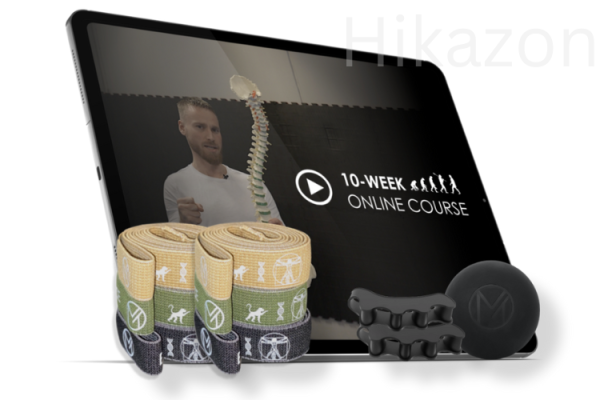


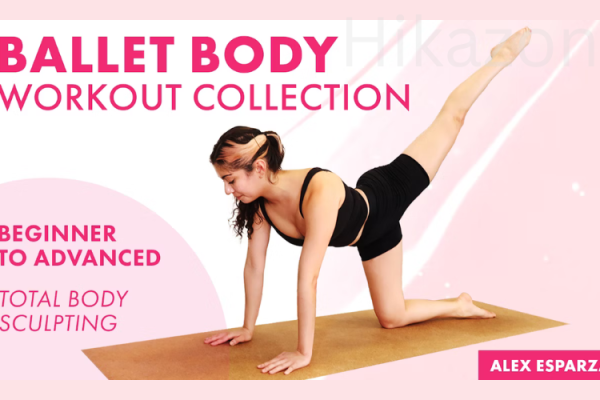
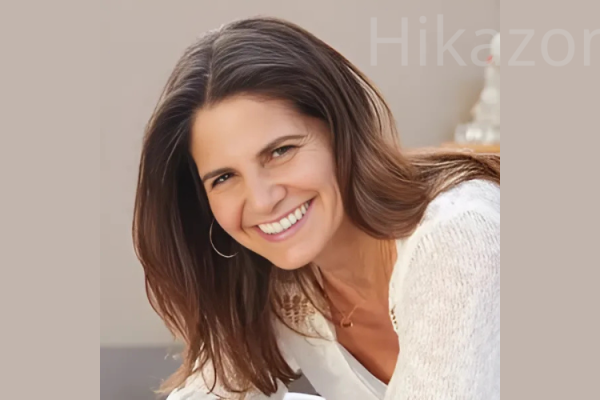
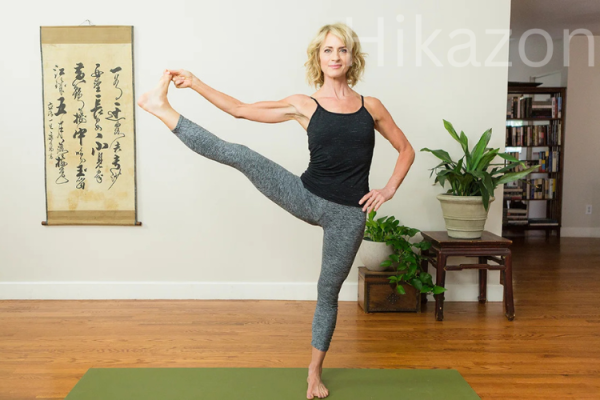
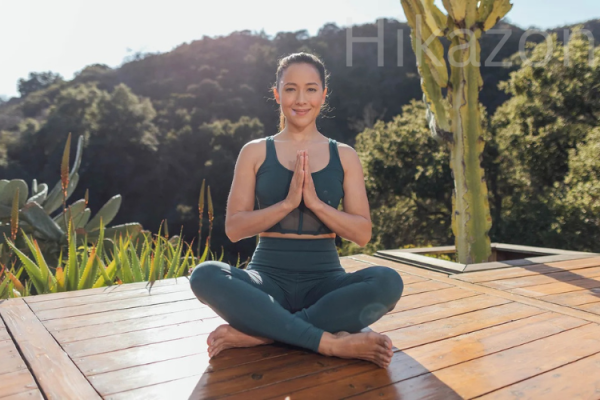


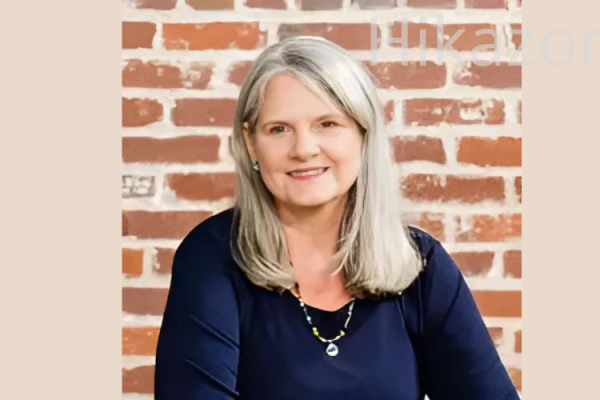

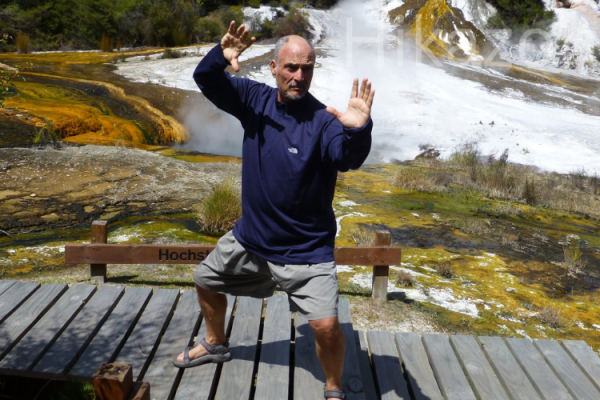
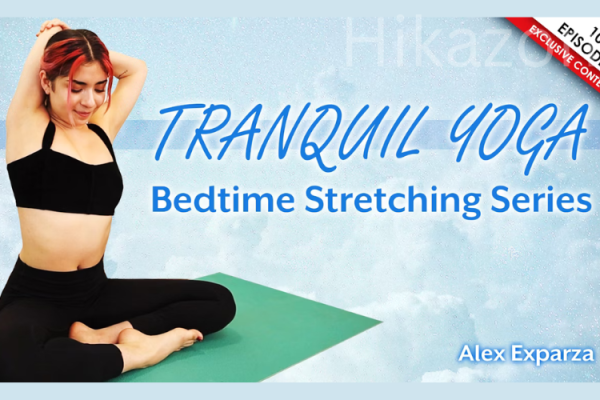

Reviews
There are no reviews yet.